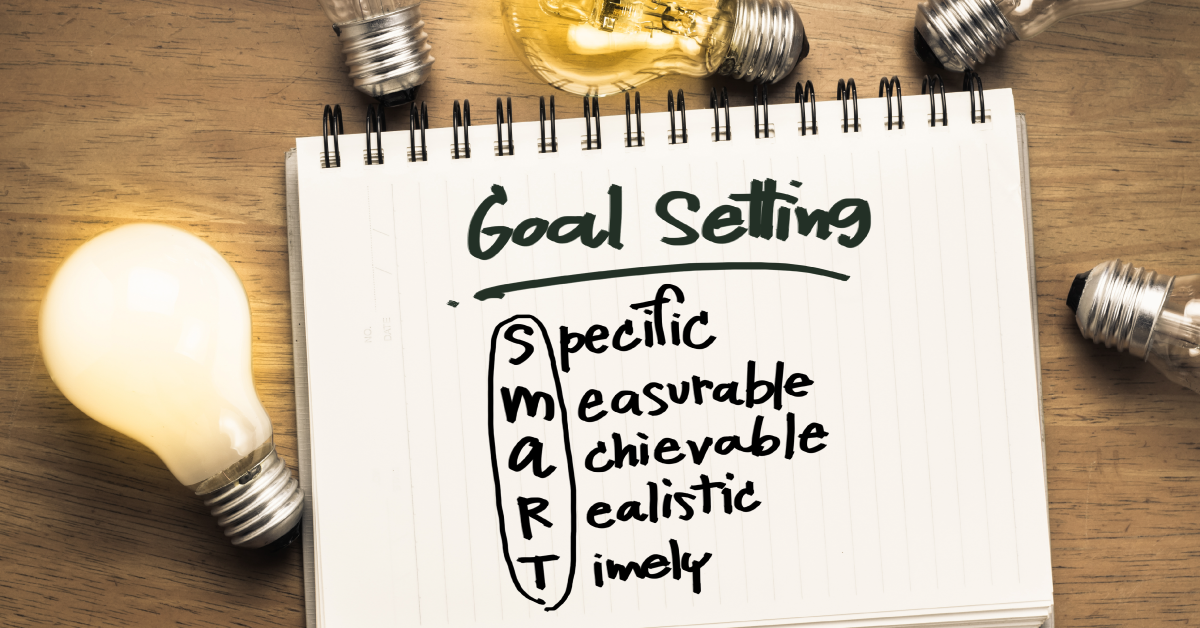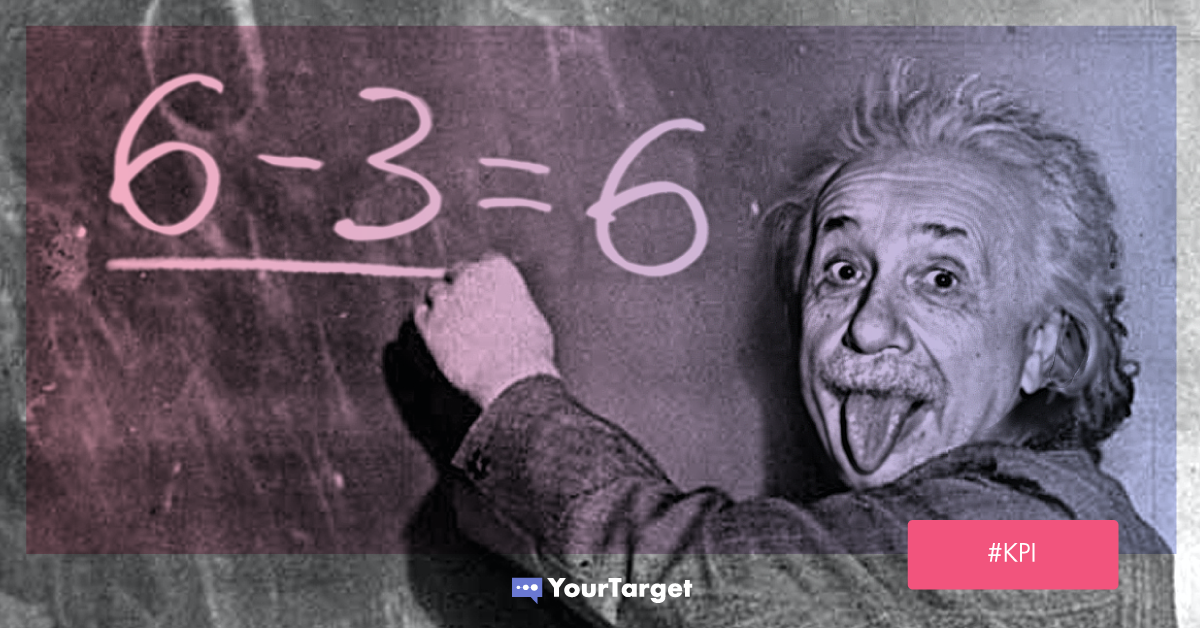So you’ve found your social media audience; you’ve created engaging content that’s both informative and entertaining, and you’ve nailed a brand voice that’s perfectly balanced between casual and professional. But once you hit the post button, how can you determine the success of your social media marketing efforts? That’s where social media KPIs come in.
When it comes to social media marketing, most companies don’t realize that measuring social media success goes beyond vanity metrics such as likes and follower counts. If you want to achieve your social media marketing goals, you’ll need to ensure your efforts are having the right impact, achieving measurable results, and growing your business.
What is a Social Media KPI?
Social media key performance indicators (KPIs) are metrics that help you to measure the performance and the ROI from your social media campaigns. They provide valuable data metrics that help you understand what you’re doing well, and what you could be doing better.
How to Measure Social Media Success
Did you know that 3.5 billion people worldwide use social media? That’s a lot of potential clicks, follows, and sales. Nowadays most businesses have caught onto the power of social media, so how can you ensure that your efforts are boosting your business, and – more importantly – how can you prove it to your boss?
Setting goals is a helpful way to ensure you’re on track to success. Having objectives and a clear roadmap to achieving them is a great way to stay motivated and on target.
If you’ve been in the inbound marketing business for a while, then you’ve likely heard of SMART goals. A SMART goal is:
- Specific
- Measurable
- Attainable
- Relevant
- Time-based
Some common social media marketing goals include:
- Drive more traffic to your website
- Generate sales and leads
- Communicate with customers on social platforms
- Increase brand awareness
To determine whether your social media strategy is generating ROI and yielding positive results, you’ll need to set SMART goals and define relevant KPIs to track your progress.
Your goals will depend on your business, and what you’re seeking to achieve, whether it’s boosting brand awareness (which it is for 80% of digital marketing professionals!), improving brand authority, or providing better customer service.
We’ve divided these essential social media KPIs into three categories:
- Social media KPIs for reach
- Social media KPIs for engagement
- Social media KPIs for conversions
By breaking down KPIs and aligning them with your social media goals, you can get a comprehensive insight into how your social campaigns are performing, and make data-driven decisions to improve or restructure your strategy for future campaigns.

Social Media KPIs for Reach
Reach refers to the number of people who see your social media posts.
Defining social media reach isn’t as simple as it sounds. Perhaps you have 1000 followers on Instagram, but this doesn’t necessarily mean your post will be seen by all of those followers. So which KPIs should you track to effectively measure the reach of your social media activities?
Post reach
You can determine post reach by tracking the number of people who have seen your social media post since it went live. If you want to increase your post reach, something to consider is when you schedule posts. In the same way that content marketers use an editorial calendar to schedule posts at relevant times, you should consider when your customers are more likely to be active on social media.
Here’s a simple calculation to figure out how many people your social posts are reaching:
Post reach % = post views/total followers × 100
Impressions
Each post that comes up on your feed or timeline is an impression. You don’t have to click it or engage with it in any way for an impression to count. The more impressions your social media has, the more people are going to see it – which is what reach is all about!
Tracking impressions requires you to identify trends over a given period to see whether your content is reaching more people as your social media pages grow, or whether something needs to change.
Audience growth rate
How quickly is your follower count growing? Tracking audience growth rate enables you to see how effective your social media strategy is in boosting brand awareness.
If you have a high growth rate, you can pat yourself on the back as it probably means you’re doing something right! If your follower count is decreasing, however, it might be time to re-evaluate your strategy and make some data-driven changes. Find your growth rate percentage with this formula:
New followers/Total followers × 100
Social share of voice (SSoV)
This KPI measures your brand exposure based on conversations people are having on social media. It measures your brand visibility compared to competitors. It’s basically like figuring out who’s more popular and therefore more likely to convert customers.

Social Media KPIs for Engagement
Tracking social media engagement requires you to take notice of vanity metrics including likes, comments, followers, and shares. However, to gain a more comprehensive insight into how your audience is interacting with your social media efforts, you should use some engagement-focused KPIs.
Clicks
This is a super easy engagement KPI to measure. If someone clicks through to your website, they’re more likely to convert to customers. The more link clicks you’re achieving, the more qualified leads you’re cultivating. Remember, if you’re getting lots of clicks but have an elevated bounce rate, this could mean that your landing pages aren’t performing well.
Amplification rate
Did you know that 90.4% of millennials and 77.5% of Gen X use social media? That’s a lot of potential customers! One of the best things about the ubiquity of social media is that your content has the potential to be seen by millions of people, beyond the limits of your follower count. Unless you’re set to private, that is.
Amplification rate tells you the number of followers that are sharing your content, and enjoy it so much that they want their followers to see it too. A high amplification rate means that more people are seeing and engaging with your content, which is definitely a good thing! To calculate the amplification rate, try dividing the number of shares by the number of followers, and then multiplying by 100.
Virality rate
Virality rate has to do with – you guessed it – how viral your post is going! It measures the number of people that shared your content in relation to how many impressions it made in a particular period. However, it’s important to note that posts can be shared a lot but still have a low virality rate.
To figure out the virality rate percentage of your social media post, use this equation:
Shares/impressions x 100
Social Media KPIs for Conversions
At the end of the day, the most important metric is conversions. Without them, your business would simply fail! Consider how your social media activities are affecting the bottom line of your business: making sales.
If you’ve got a huge follower count, but hardly any of them are actually clicking through to your website and making a purchase – what’s the point? The following KPIs will help you track how your social media campaigns are leading to conversions.
Lead conversion rate
This KPI tells you how many of your leads end up becoming customers. When someone clicks the call-to-action on your social media post and is directed to your landing page, do they take further action? Calculating the conversion rate is simple:
Conversions/clicks x 100
You can use Google Analytics or Hubspot software to get an insight into how many leads convert to customers as a direct result of your social media efforts. This will provide you with concrete proof that’s guaranteed to impress your boss!
Non-revenue conversions
It’s not all about the money.
Conversions don’t always result in purchases being made. They can be as simple as a customer signing up to your email newsletter or downloading an eBook.
By tracking how many people are downloading your content or signing up to receive regular updates, you can evaluate how successful your social media campaigns are at prompting your audience to take further actions with your brand.
Cost-per-click
Running ad campaigns on social media isn’t free, unfortunately. You’ll need to understand whether you’re getting a positive return on investment from the amount you’re paying for each click. Track how much you’re spending on ads, how many clicks they’re generating, and the cost-per-click by dividing total ad spent over total clicks measured. It’s as simple as that!
Final Thoughts
When done well, social media marketing is a powerful tool that can yield countless benefits for your business.
In today’s hyper-connected world, it’s important to keep up with how your audience is communicating, sharing information, and making purchases. Not only do you need to stay on top of digital trends and your competitors, but you also need to stay on top of your customers’ needs.
Tracking social media KPIs is crucial to staying on the track to success and connecting with your audience effectively. Using data measured by your efforts, you can gain a conclusive insight into how your social media strategy is performing, and leverage it to enhance future campaigns.
Not sure which KPIs will provide the most insight into your social media campaign?
We’re here to lend a helping hand! Book a free consultation today.

